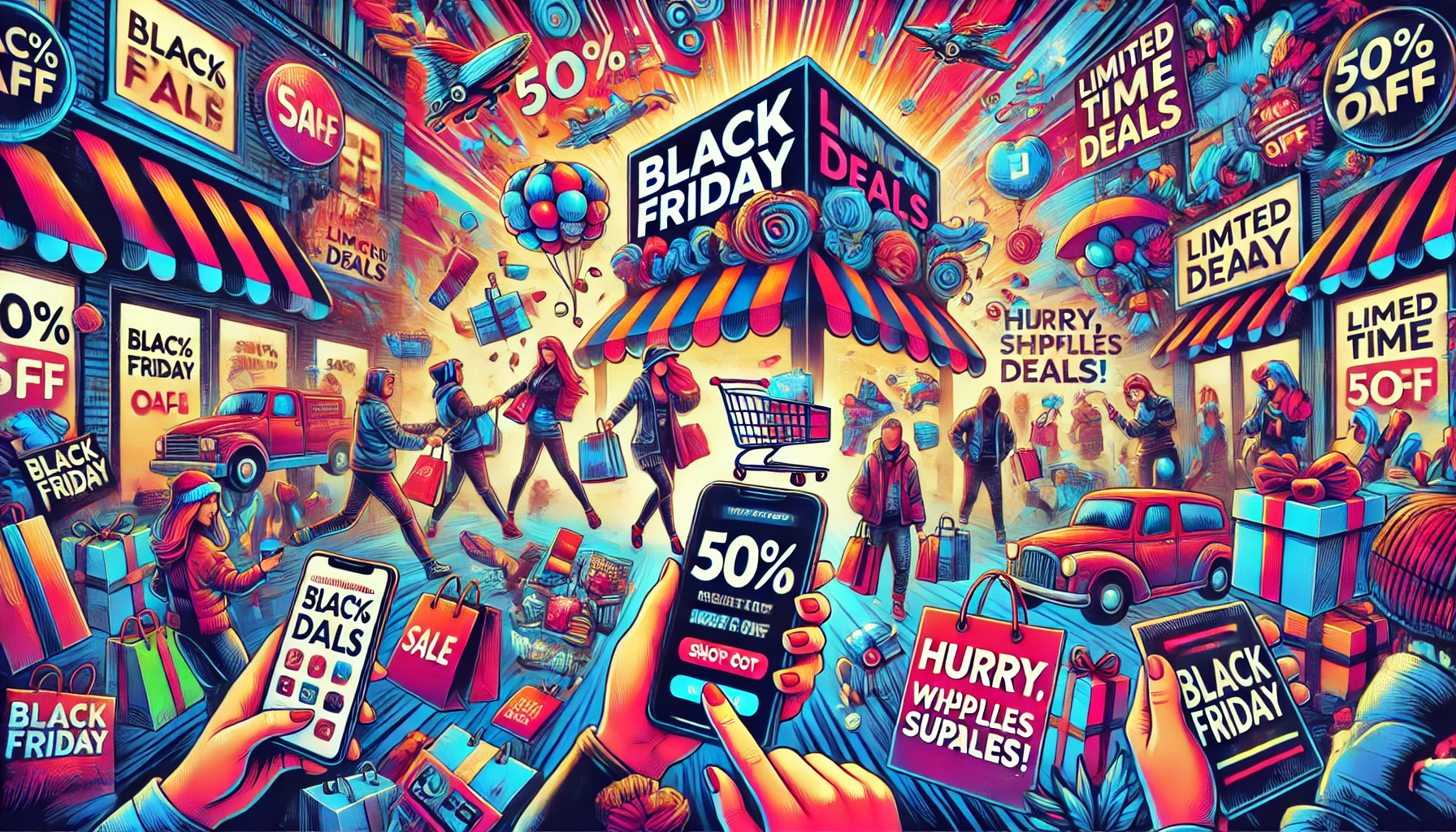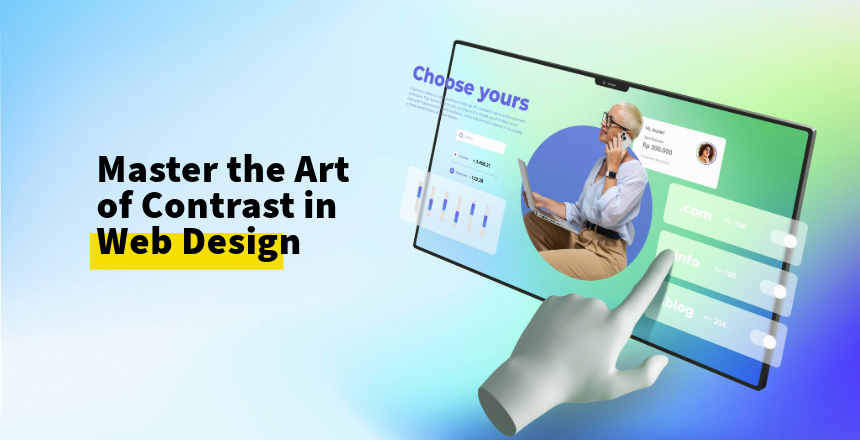Black Friday—the shopping phenomenon that turns a regular Friday into a deal-chasing extravaganza! Each year, this day kicks off the holiday shopping season with jaw-dropping discounts, frenzied shoppers, and record-breaking sales. But behind every deal is a carefully planned marketing strategy aimed at creating that irresistible Black Friday buzz. Here’s how Black Friday has transformed shopping and marketing—and why it’s a goldmine for brands.
Why Does Black Friday Create So Much Hype?
Imagine this: last year alone, U.S. shoppers spent over $9 billion on Black Friday online—a number that doesn’t even include the in-store stampedes for doorbuster deals! And spending keeps rising each year, proving that consumers still crave the adrenaline of Black Friday. For marketers, it’s a unique opportunity to capture attention and drive sales like no other day on the calendar.
Shoppers have grown to expect this day as a chance to snag that TV, phone, or holiday gift at half the price, and marketers know it. From pre-holiday teasers to midnight “flash” sales, brands invest millions to create campaigns that make consumers feel like they must act now—or miss out.
The Winning Marketing Tactics for Black Friday
1. Teaser Campaigns and Early Access
Weeks before Black Friday, brands like Amazon and Target start building suspense. Teaser campaigns, countdowns, and “early bird” deals whet shoppers’ appetites, making them feel like insiders. Nearly 42% of consumers now begin their holiday shopping in October or early November because they don’t want to miss out on limited-time deals. That early access feeling makes people feel like they’re getting something exclusive—a powerful hook for driving engagement.
2. Mobile-First Strategies for the Always-Connected Shopper
With more than 55% of Black Friday purchases coming from mobile devices, brands are shifting their focus to mobile-friendly campaigns. From app-only discounts to push notifications, marketers are pulling out all the stops to reach shoppers directly on their phones. A whopping 72% of shoppers say they browse deals on their smartphones, so brands that prioritize mobile experiences are poised to win big.
3. Creating the Fear of Missing Out (FOMO)
If Black Friday does one thing perfectly, it’s amplifying the “Fear of Missing Out.” Think about those countdowns, the “only a few left in stock” notifications, or flash sales that pop up for just a few hours. FOMO is real, and it’s a massive driver of Black Friday shopping behavior. By using time-sensitive offers and limited inventory messages, marketers create an urgency that compels consumers to hit “buy” before someone else does.
4. Influencers and Social Media Buzz
Influencers are essential in building that pre-Black Friday excitement, especially on platforms like Instagram and TikTok. Many brands partner with influencers to reveal “sneak peeks” of their best deals, creating a wave of anticipation. In fact, influencer marketing during Black Friday boosts conversion rates by 20% or more, particularly with younger audiences. By tapping into influencers’ audiences, brands can reach shoppers who might not typically engage with traditional ads.
Black Friday’s Impact on Brand Loyalty (And Why It’s Not Just About Discounts)
While Black Friday might seem like it’s all about slashing prices, it’s also a chance for brands to build loyalty. According to surveys, 75% of customers who have a great Black Friday experience are more likely to return for future purchases—even outside the holiday season. Smart brands use Black Friday to show off excellent customer service, create smooth online experiences, and offer perks like free shipping or easy returns.
Plus, when brands offer a seamless shopping experience (like Buy Online, Pick Up In Store or extended holiday returns), customers remember it. They’ll come back not just for deals but because they know the brand delivers a great shopping experience.
Surprising Stats to Fuel Your Black Friday Strategy
Let’s look at some of the jaw-dropping numbers that define Black Friday in the U.S.:
Over $188 billion: Total expected U.S. holiday spending in 2023, driven largely by Black Friday and Cyber Monday.
$9.12 billion: Black Friday 2022 online sales, with projections even higher for 2023.
30% of annual sales: Some retailers make nearly a third of their yearly revenue just between Black Friday and Christmas.
42% of consumers: Start their holiday shopping by early November, proving the importance of starting campaigns early.
52% of online sales: Now come from mobile devices, making mobile optimization crucial.
The Bottom Line: How Marketers Can Make Black Friday Count
For marketers, Black Friday isn’t just a sale—it’s a massive, carefully orchestrated event that requires months of preparation, sharp strategies, and an understanding of consumer psychology. Whether it’s creating FOMO, optimizing mobile campaigns, or driving loyalty beyond the holidays, Black Friday offers an invaluable chance to connect with customers and boost brand reputation. By tapping into the excitement and delivering a seamless experience, brands can turn the chaos of Black Friday into long-lasting customer relationships.
Black Friday is fast, thrilling, and competitive, and that’s what makes it so powerful. So, this year, get ready to captivate shoppers, drive sales, and, most importantly, make Black Friday work for your brand in ways that go beyond just the bottom line.


